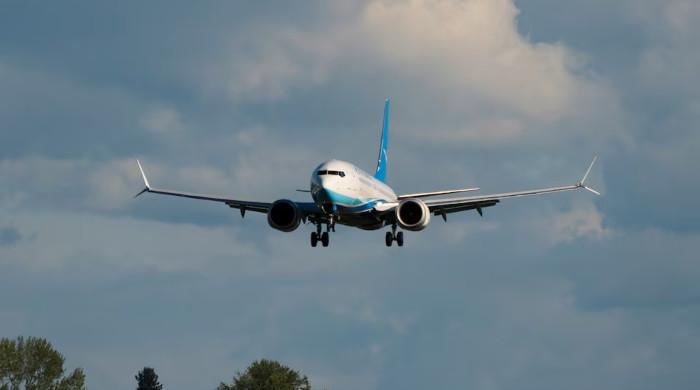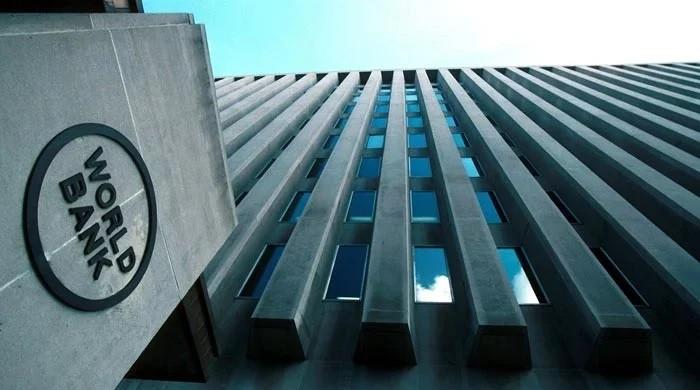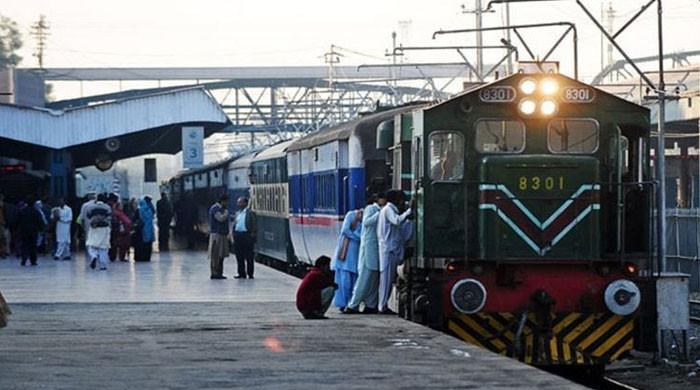Investors scared as change in minister alters policies
Rupee falls, dollar valued at Rs110.63, this is the highest ever in some time
December 12, 2017
For the last three days dollar is marching north against Pakistani Rupee. The dollar gains Rs2.38 and closes the day at Rs110.63.
The losses to rupee over three days sums up to Rs5.13 or it can be said that Pakistani rupees became 5% weaker.
However, this adjustment was long due, so it is not a surprise, according to Shajar Capital Pakistan Chief Executive Officer Rehan Atiq. But the trend in Pakistan has become such that the change of a minister alters the policies in a same regime, which is not a good sign, he added.
Atiq further said that keeping Pakistani rupee artificially high for a long time and adjusting years it all of a sudden would make it difficult for many people to cope with.
According to Topline Security CEO Mohammad Sohail, the new value of Pakistani rupee will impact the prices of imported goods.
Mohammad Danish, a leather exporter, has said that most of the raw material is imported. Therefore, he added, devaluation will impact both the cost and margin of the product.
But for Danish, the common public would be the real sufferer of weak Pakistani rupee. This is because a minimum wage earner will have to adjust its consumption basket according to higher prices, the exporter said.
The new value of Pakistani rupee will also impact the amount loaned by International Monetary Fund. Sources in the finance ministry said that demand of IMF for providing loans is based more on the exchange rate rather than a specific one.
Besides, State Bank of Pakistan has stated in a press release that adjustment is the imbalance in the external account and sustained higher growth trajectory.
In other words, this is move is engineered, Pakistani rupee is falling and SBP is keeping the process under control. This was required in July as well, but the then finance minister was against it despite rate surge. He called for an enquiry but lost.
This situation highlights the earlier mentioned concern that if the minister changes, Pakistan’s economic policies also change.











